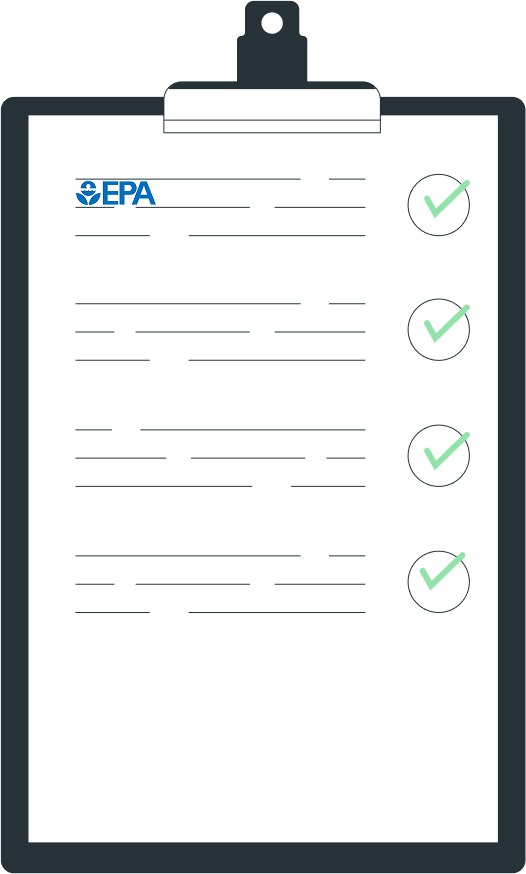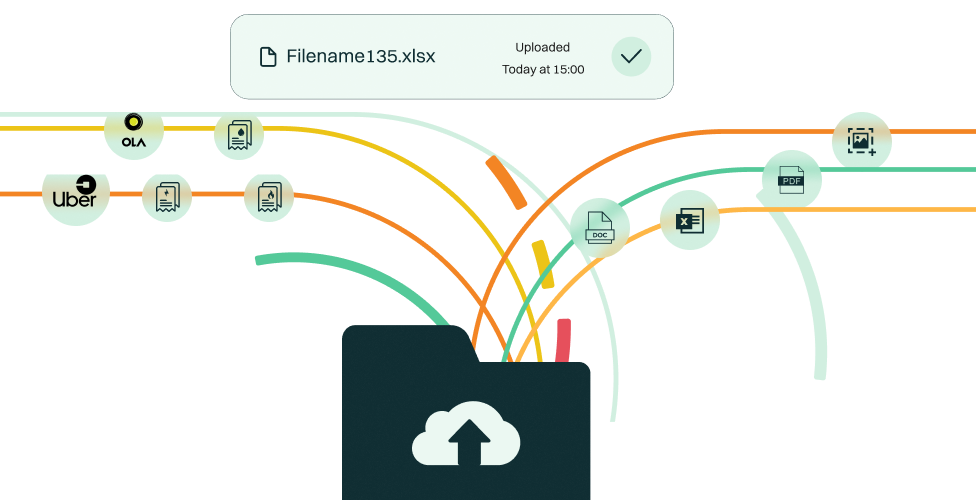| Corporate Sustainability Reporting Directive (CSRD) |
European Union (EU) |
U.S. companies with net turnover >€150M in the EU or with an EU subsidiary meeting specific size thresholds (large companies). |
Requires detailed sustainability reporting, including GHG emissions, climate risks, and reduction targets, using European Sustainability Reporting Standards (ESRS). |
Reports must be externally assured, and non-compliance could result in fines or restricted EU market access. |
| California Climate Corporate Data Accountability Act (SB-253) |
California Air Resources Board (CARB) |
U.S. companies operating in California with revenue >$1B (includes pharma & medtech firms). |
Requires public disclosure of Scope 1, 2, and 3 emissions annually, following the Greenhouse Gas Protocol. |
Third-party verification required for emissions data; non-compliance may result in penalties. |
| California Climate-Related Financial Risk Act (SB-261) |
California Air Resources Board (CARB) |
U.S. companies operating in California with revenue >$500M (including life sciences firms). |
Requires companies to disclose climate-related financial risks and mitigation strategies in alignment with TCFD (Task Force on Climate-related Financial Disclosures). |
Reports must be submitted biennially, and enforcement will be overseen by CARB. |
| Carbon Border Adjustment Mechanism (CBAM) |
European Union (EU) |
U.S. life sciences manufacturers exporting carbon-intensive products (e.g., chemicals, plastics, active pharmaceutical ingredients) to the EU. |
Requires importers to report embedded emissions in covered products; eventually, importers must pay for excess emissions above EU standards. |
Quarterly reporting required; starting in 2026, financial adjustments (carbon fees) will be imposed. |
| U.S. Environmental Protection Agency (EPA) Greenhouse Gas Reporting Program (GHGRP) |
U.S. Environmental Protection Agency (EPA) |
U.S. facilities emitting ≥25,000 metric tons CO₂e/year (large pharmaceutical and biotech manufacturers). |
Requires direct reporting of facility-level GHG emissions covering fuel combustion, chemical processing, and other sources. |
Annual mandatory reports submitted to the EPA; subject to audits and penalties for misreporting. |
| EU Green Deal – Corporate Due Diligence (CSDDD) |
European Union (EU) |
U.S. companies with significant operations in the EU, including pharma and medtech firms. |
Requires firms to identify, prevent, and mitigate environmental & social risks in their supply chains, including GHG emissions. |
Companies must report on due diligence compliance, and EU authorities will conduct compliance checks. |




